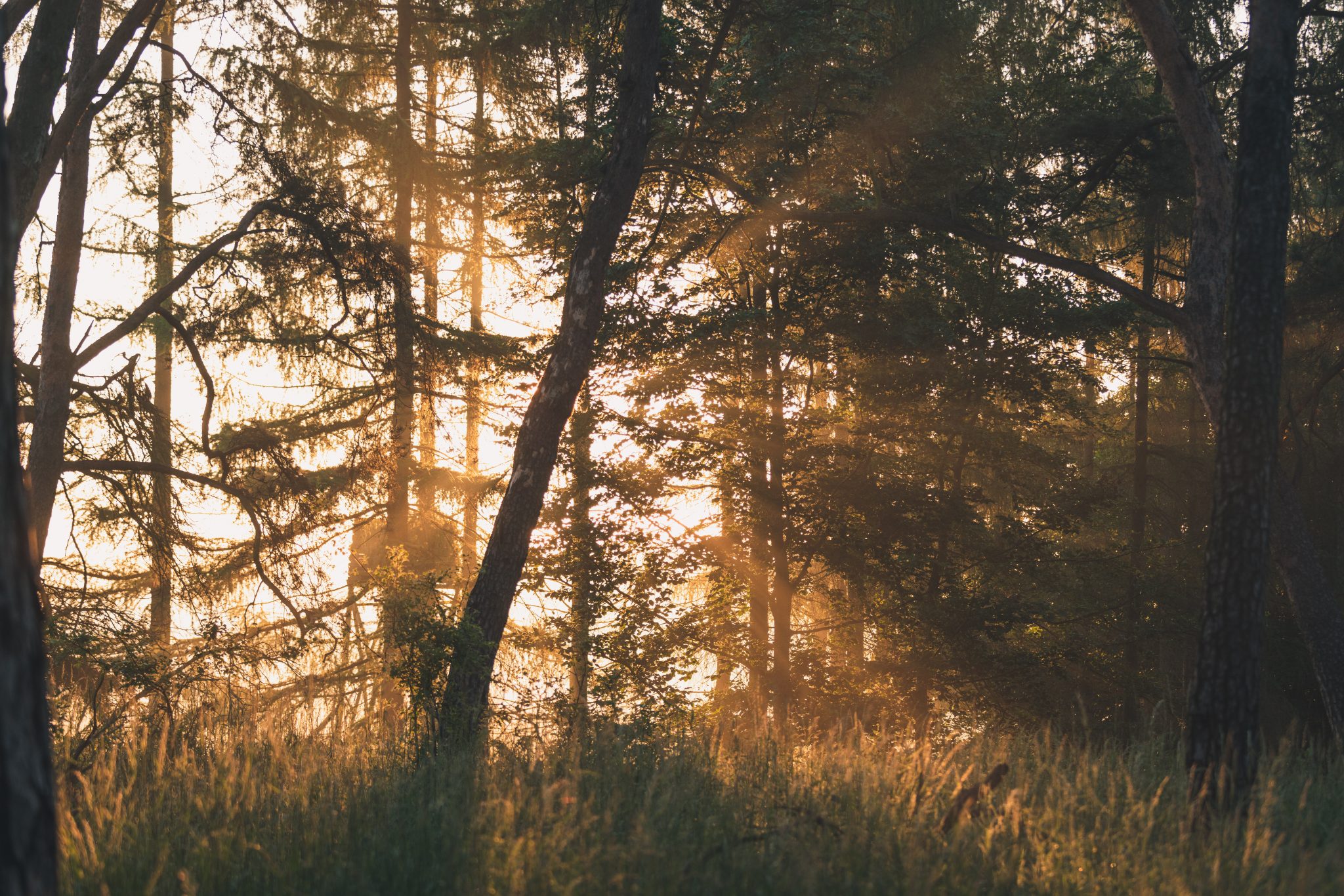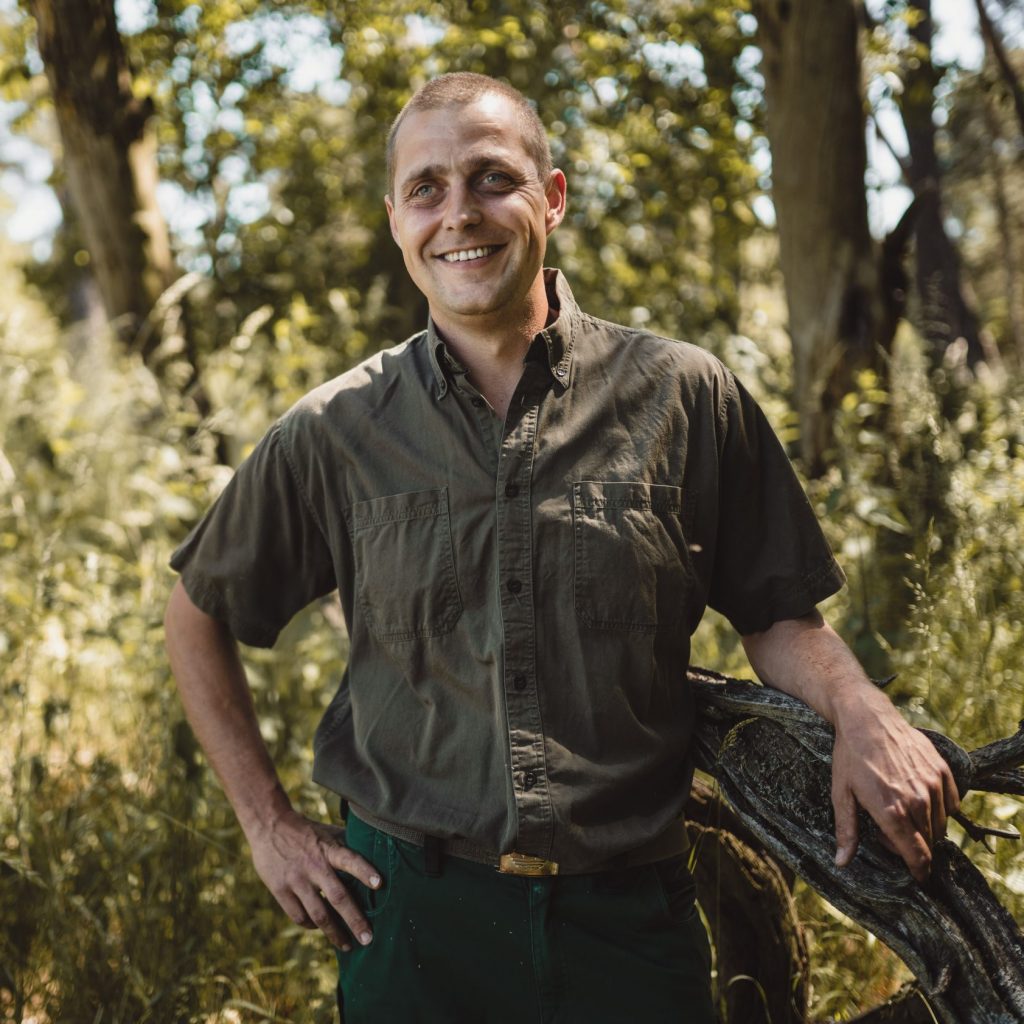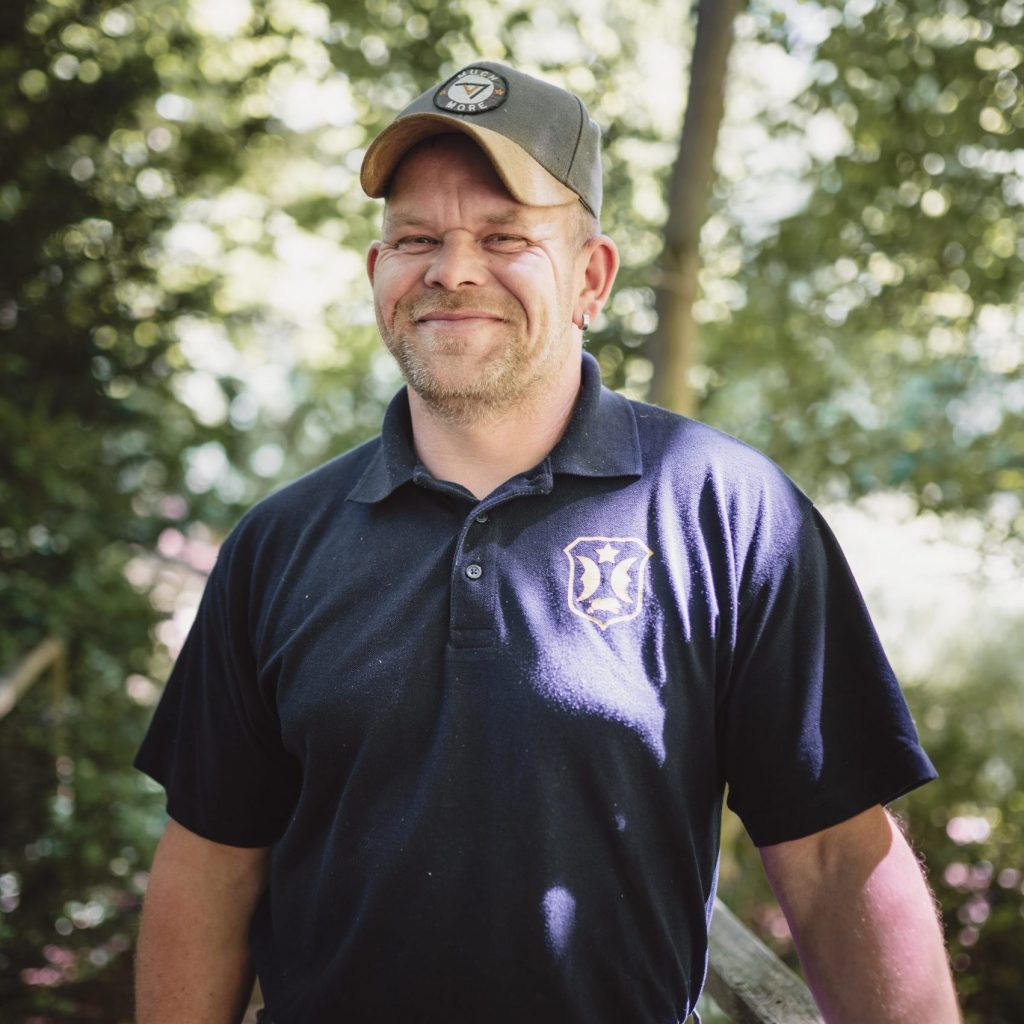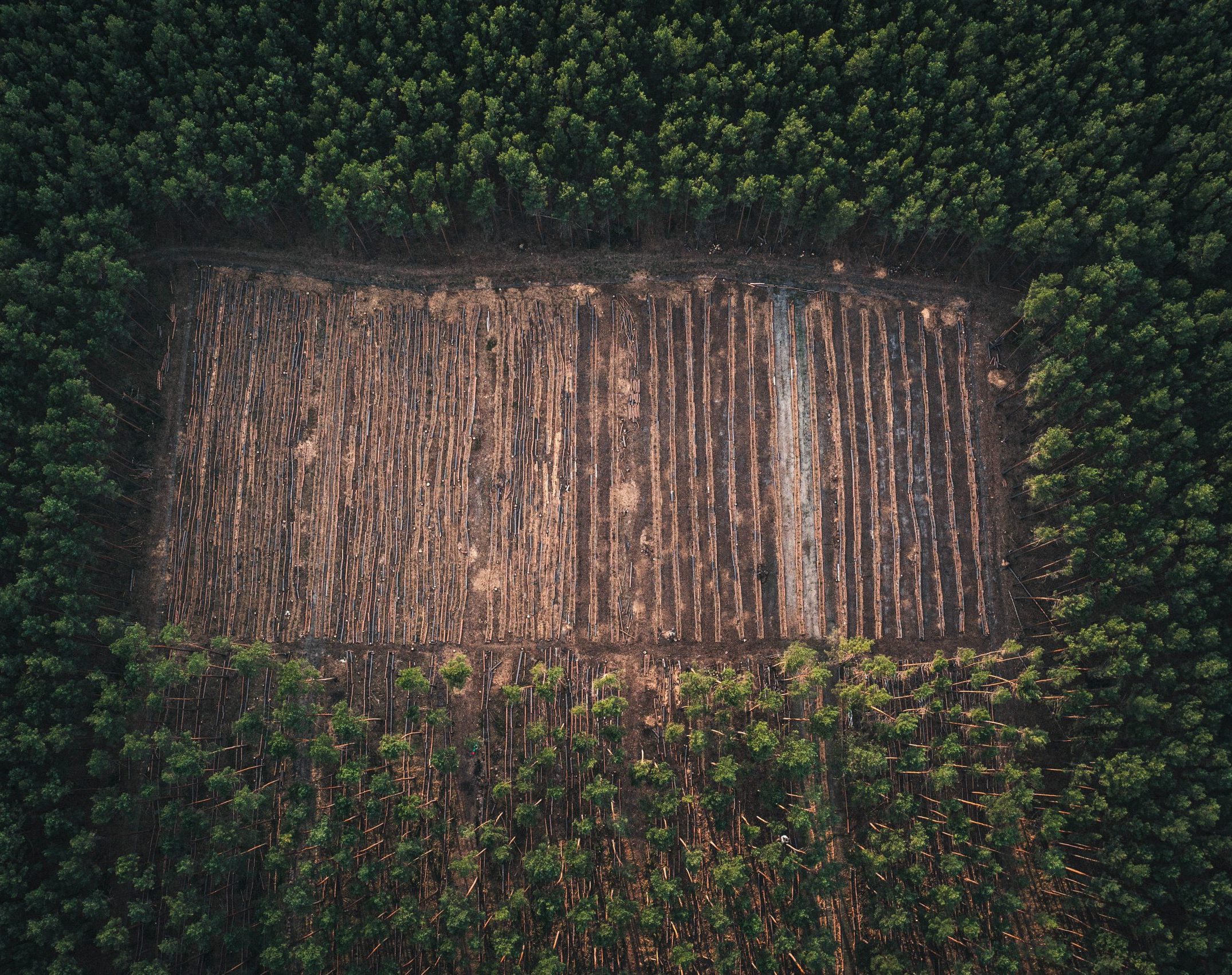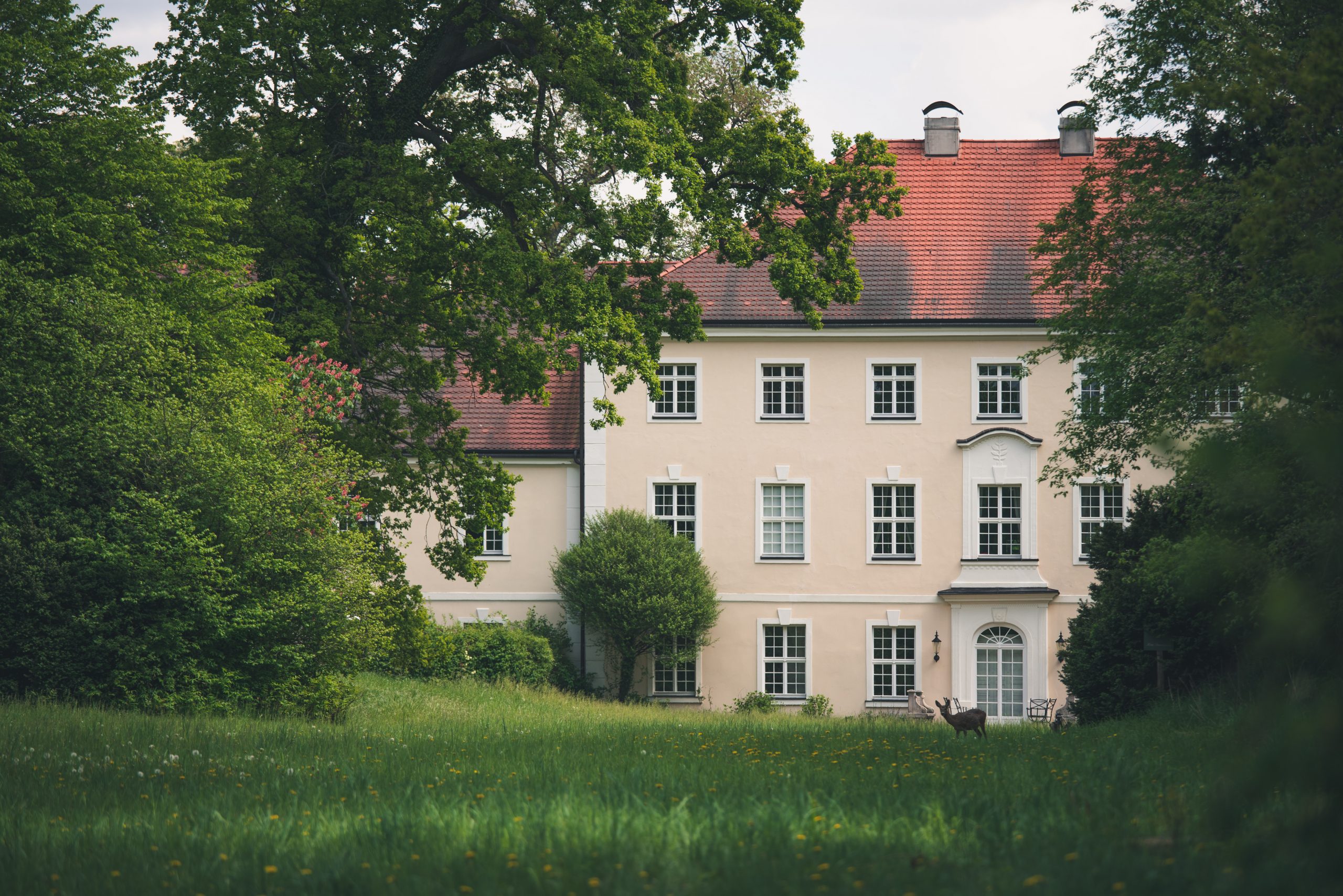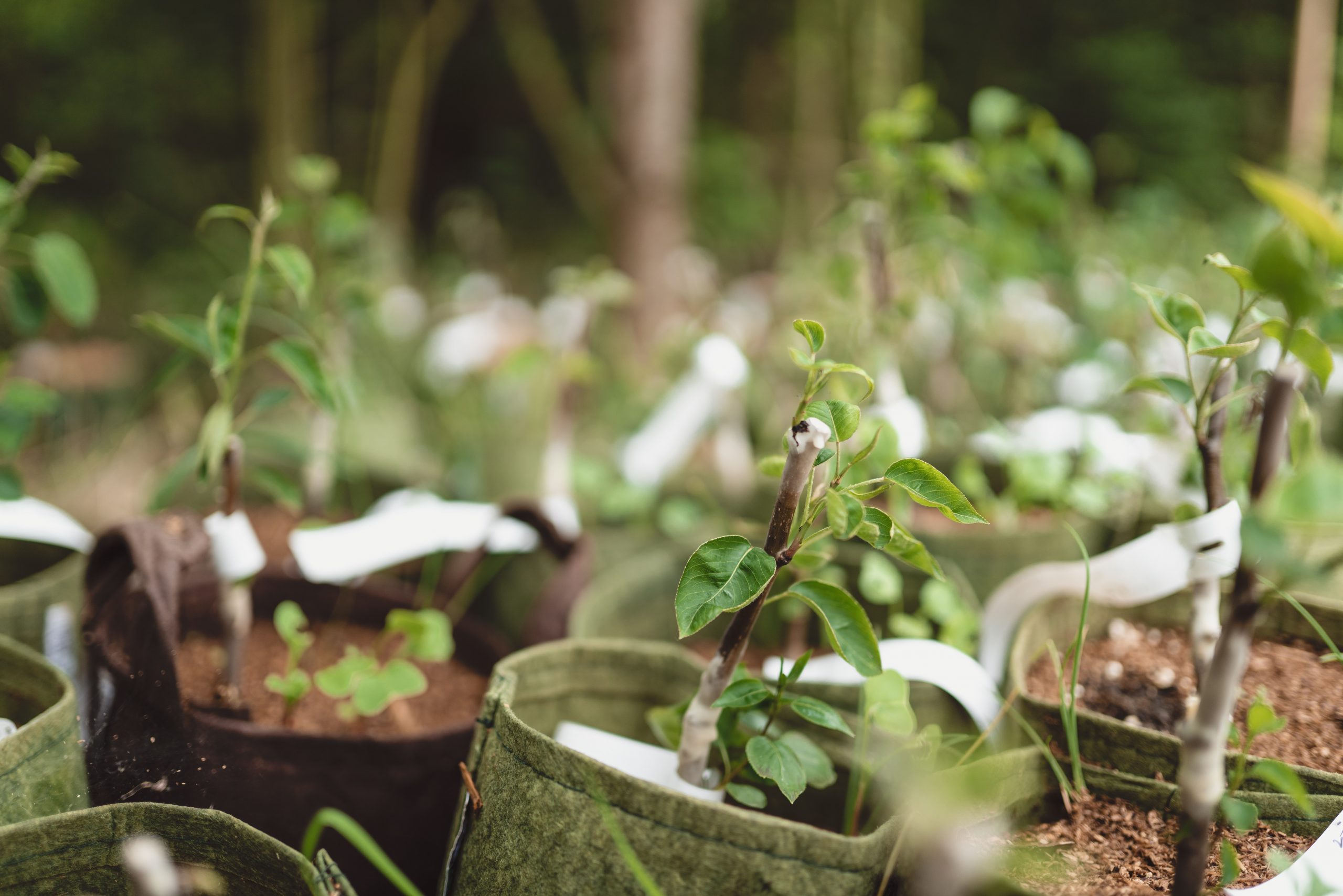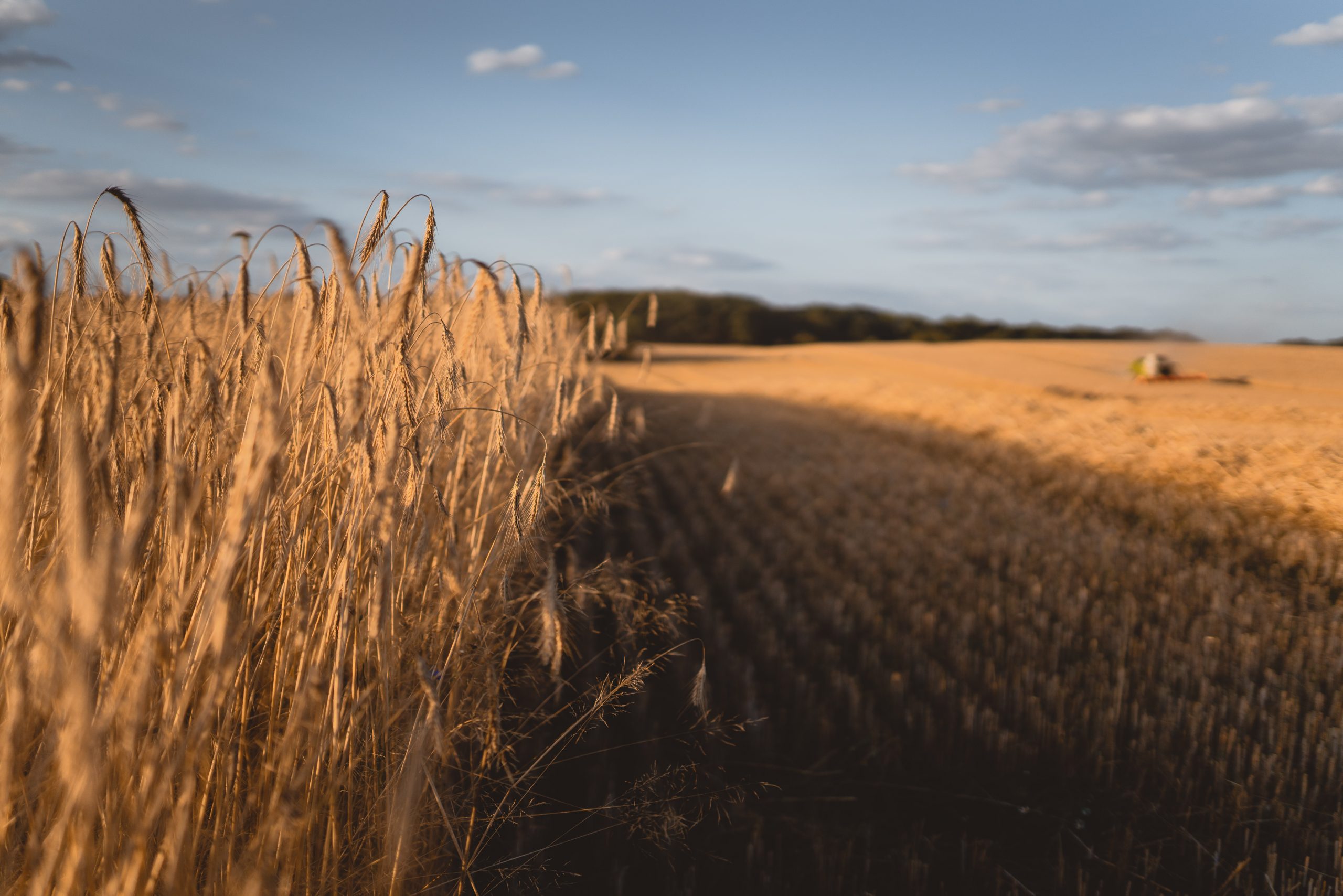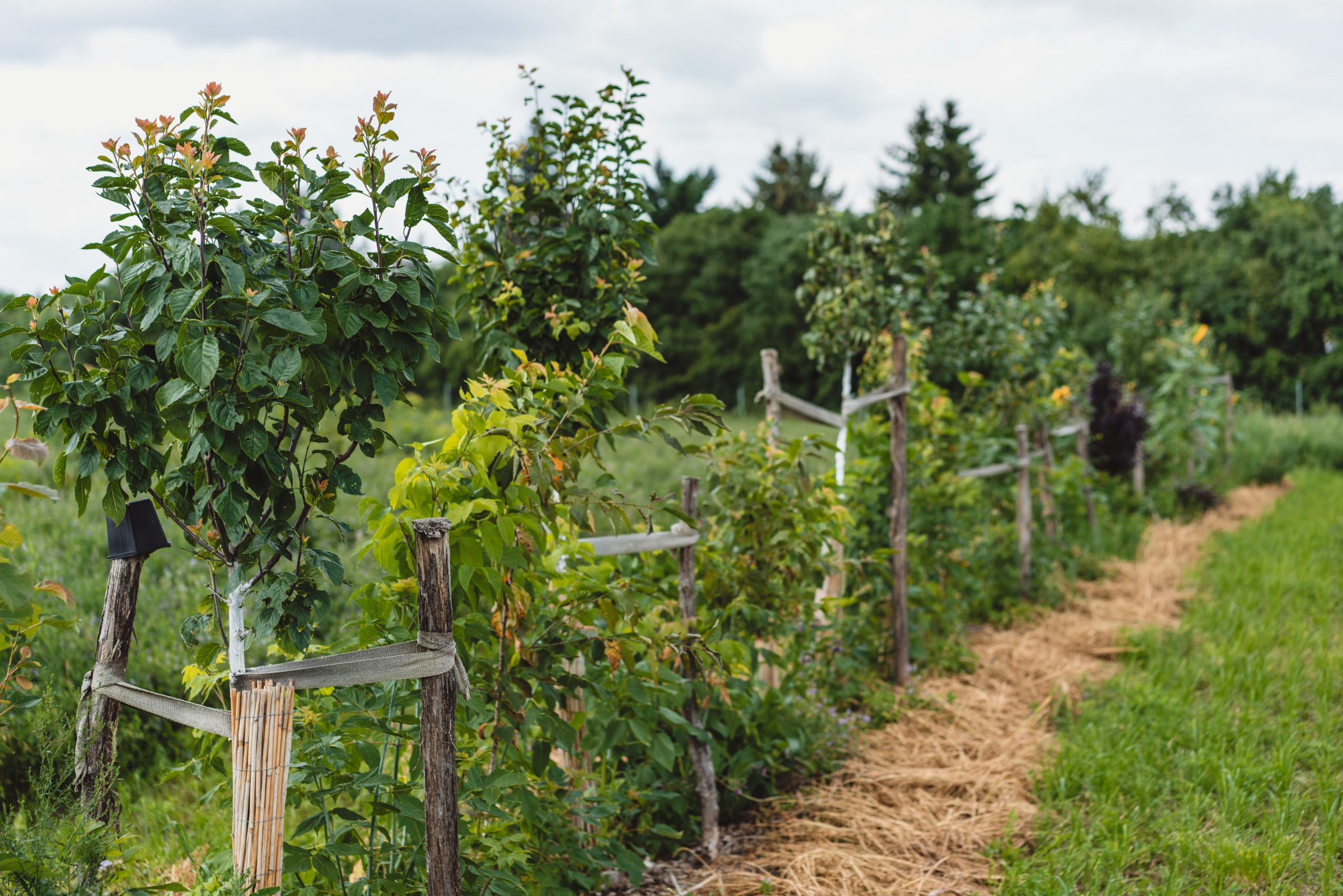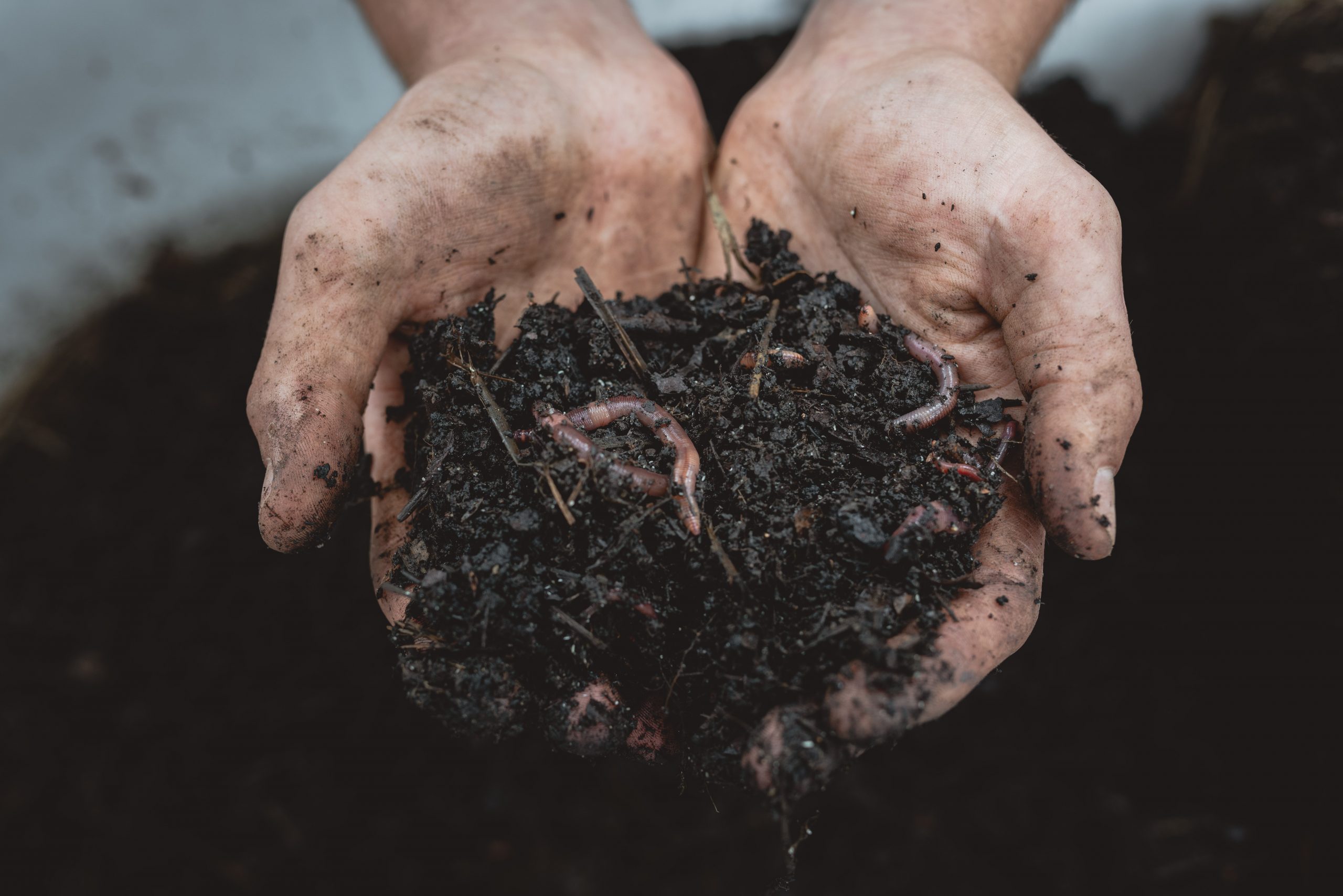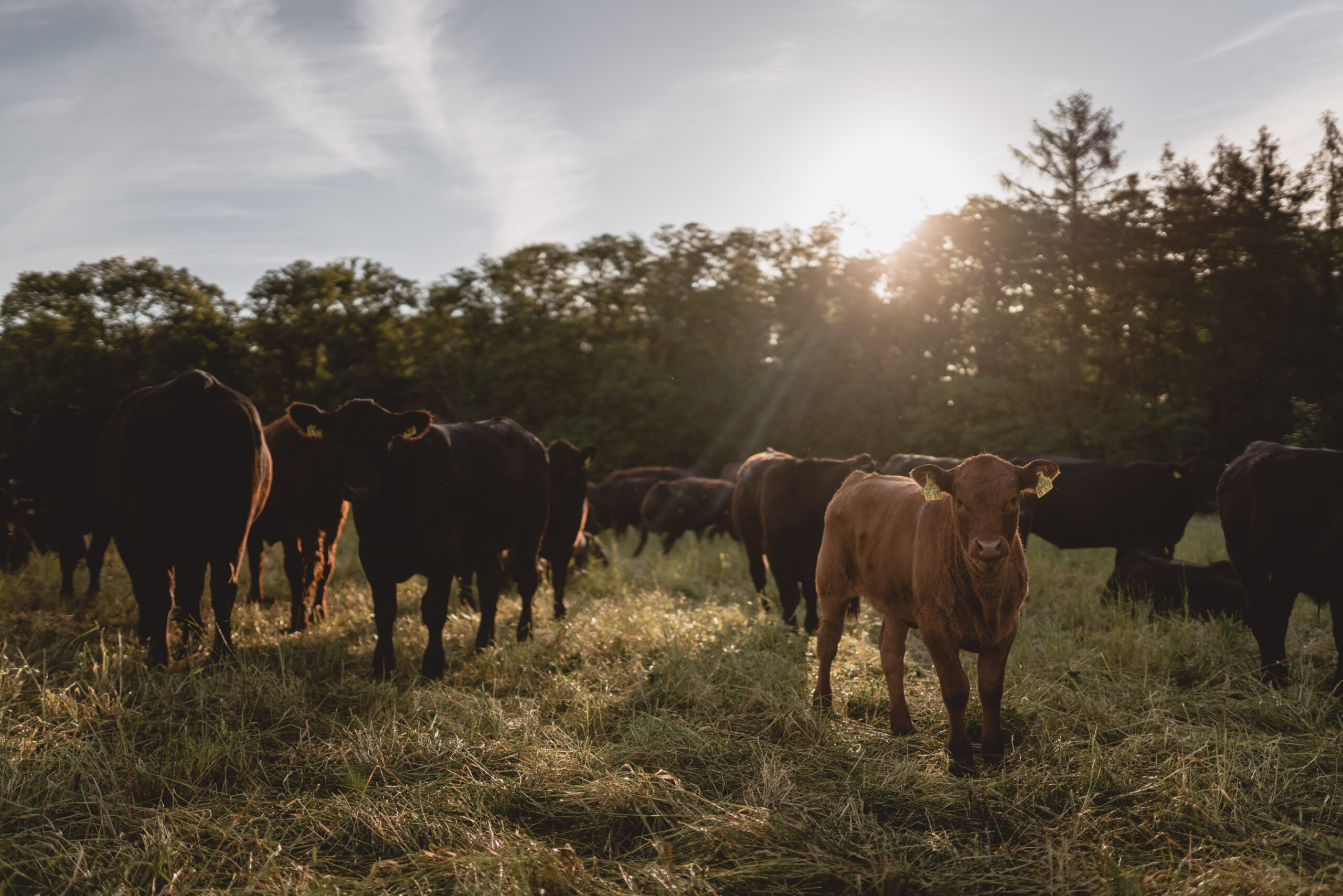The Madlitz Forest
The forests in Brandenburg consist of 70% pine monoculture. Every year our forests in Alt madlitz become more vulnerable to droughts, storms, insects and fires. Our forest is an ecological desert, racing towards disaster, but also holding huge potential for transformation. We want to make the forest an oasis, where people like to spend time and create a space that’s positive.
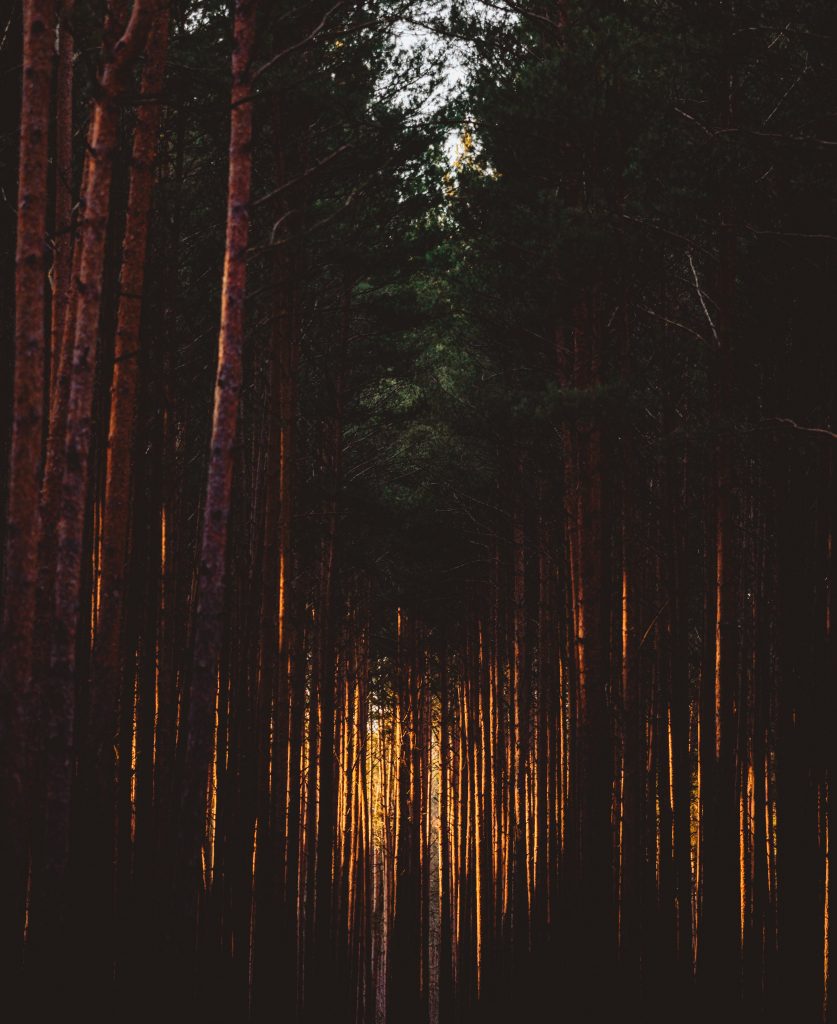
"Our forest is an ecological desert which is racing towards disaster, but also holds huge potential for transformation. "
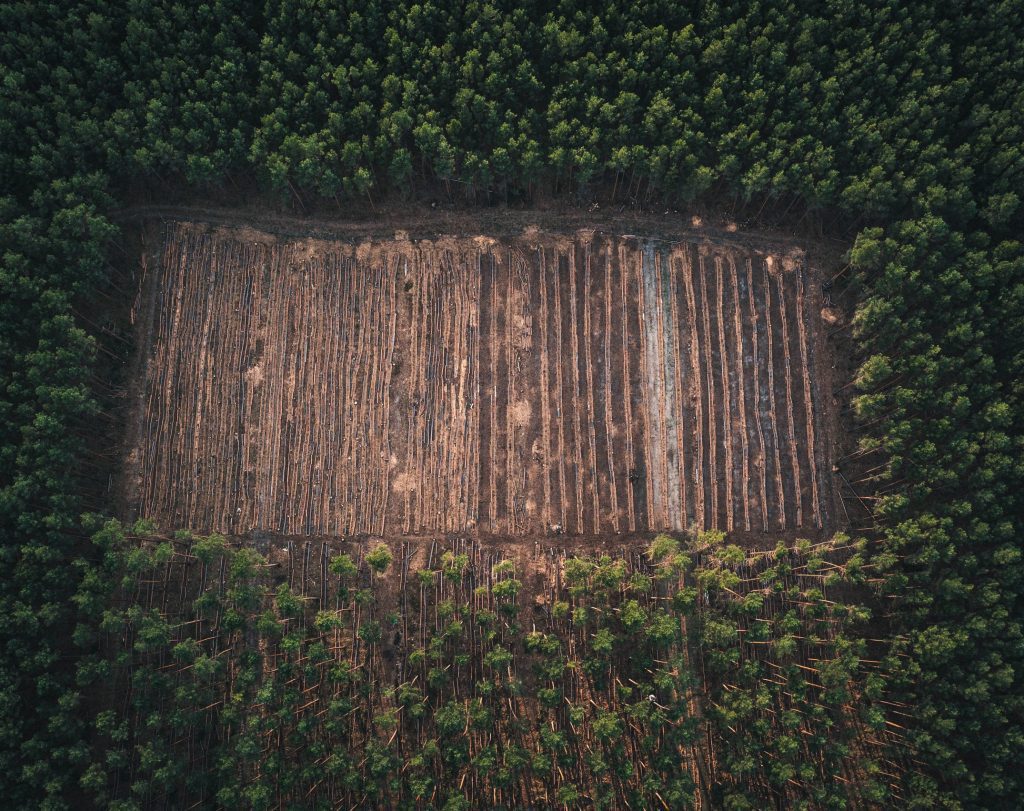
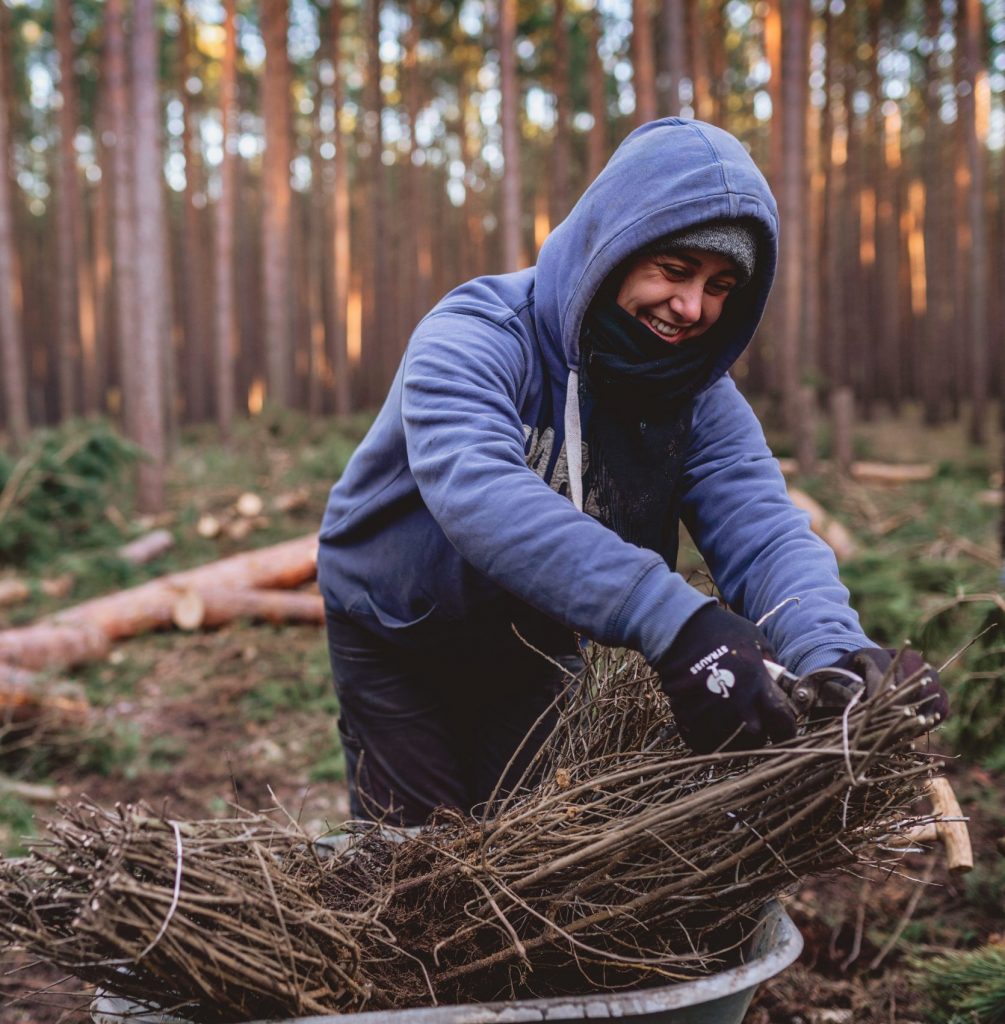
"The forest of the future should be a multifunctional mixed forest, a place of inspiration and strength, and yet a sustainably used source of raw materials. "
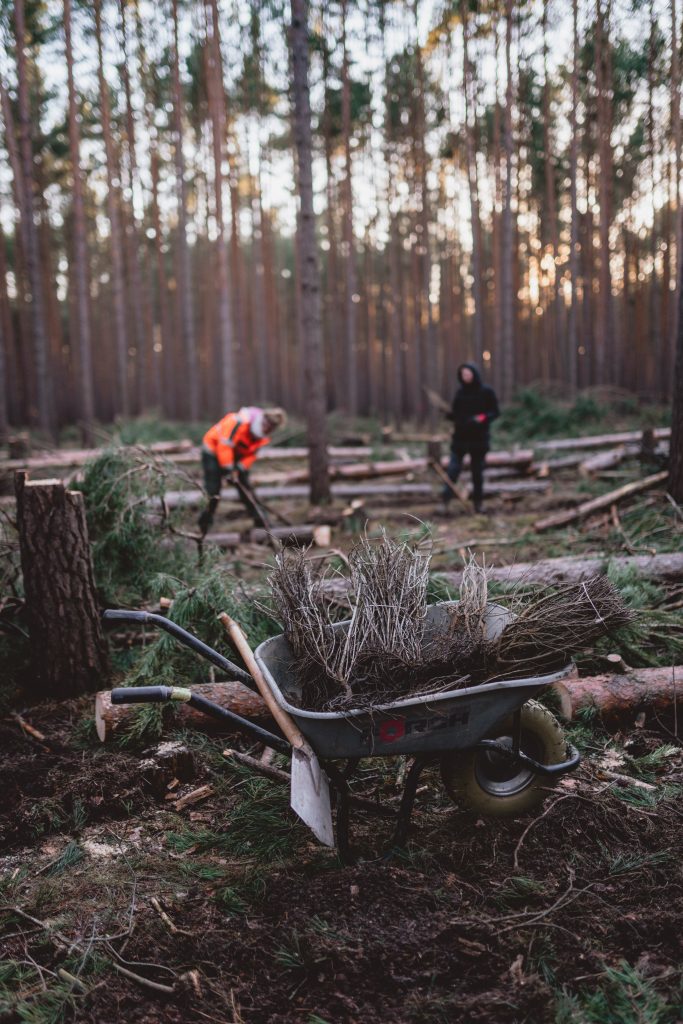
Our forest conversion project
In the winter of 2021, we began our first major forest conversion project, made possible by ecover’s Fertilize the Future Fund.
The vision is to create an alternative that fights against the maladaptive monoculture dieback, working towards a climate resilient forest. The first area is our “conservation area” – here we are examining with strict scientific observation how the stock of trees develops without the influence of increased wildlife populations and humans. On the second area, we have cut three holes of about 700 m2 in the tree population and are reforesting them diversely with techniques of seeding and planting. On the third area, we milled flat rows and planted them with seeds and trees. We then cut down about 30% of the existing trees, resulting in a thicket that is impenetrable to deer, to prevent them from eating the young trees. The fourth experimental plot is our syntropic plot. The fifth plot continues to be managed as before and serves as our ‘reference’ plot.
The forest of the future
We believe the forest of the future should be a multifunctional mixed forest where the focus is not purely on short-term economic interests.
It should be a place of inspiration and strength and yet also a sustainably used source of raw materials.
This includes in the forest maintenance:
- Leave more deadwood in the stand –> an important water storage and climate buffer
- Forest edges must be dense and stepped so that the wind does not dry out the forest floor.
- The interior of the forest should consist of many trees occupying different heights, so that the forest floor remains cool and water is retained.
- Diverse tree selection is key. It should be well adapted to local soil and climate. Preferably it includes many species and different age trees, distributed in a mosaic fashion throughout.
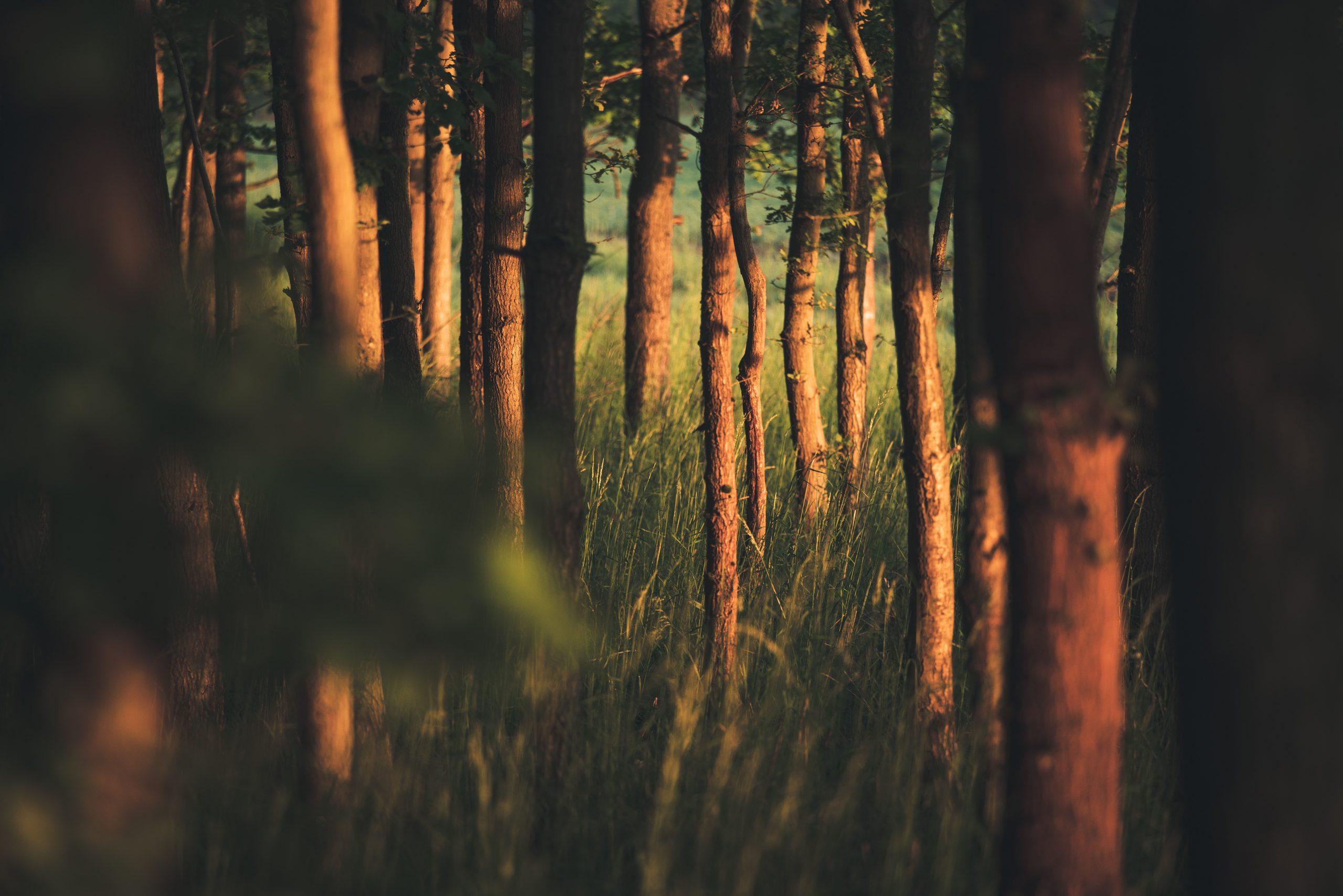
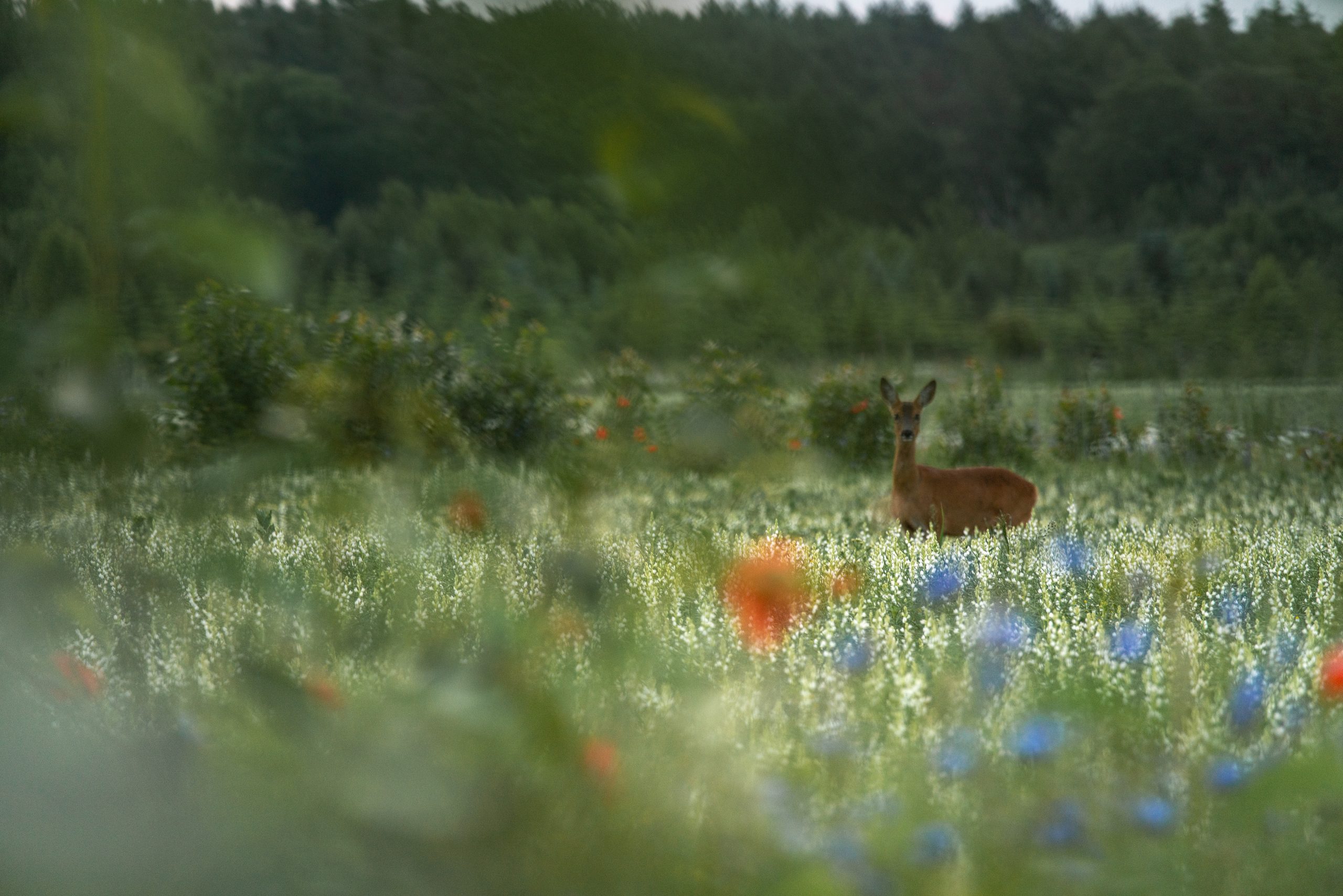

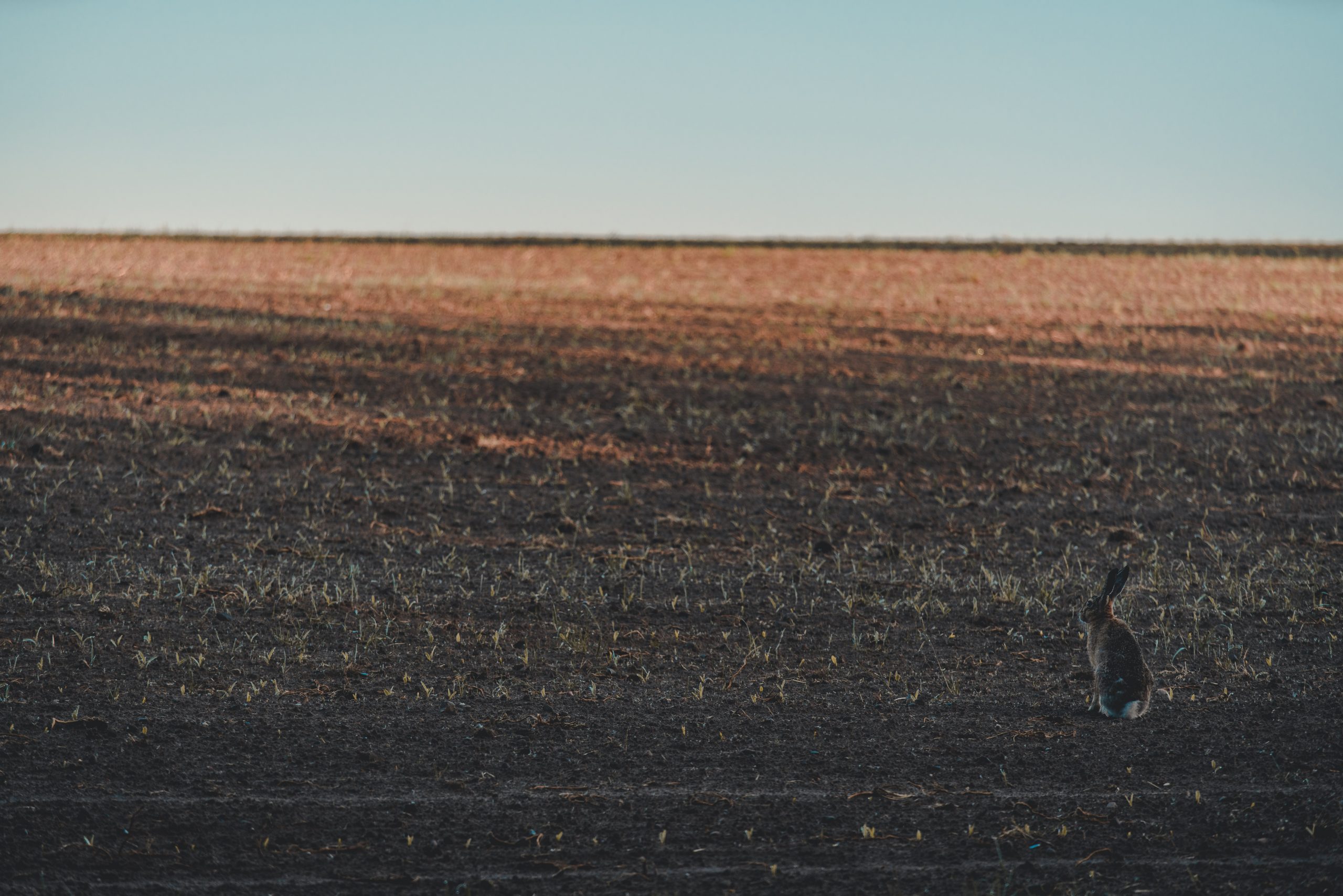
Game meat from Madlitz
Where there is forest, there is game.
In our agriculture and forestry team, we have a number of trained hunters who view our forest as a complex ecosystem and contribute to forest management through ecologically sound hunting.
Here in Madlitz we have a stock of roe deer, deer (stag) and wild boar. But also the so-called small game, such as hare, pheasant and fox. We would like to regulate our game populations in such a way that we can speak of a forest-compatible game density and can help our forest to regain a diverse and healthy condition.
